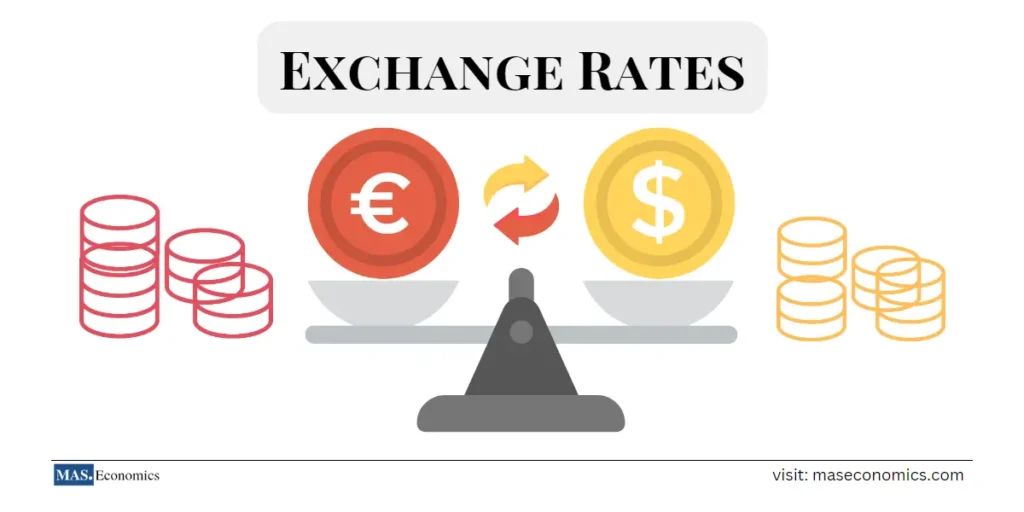
The Indonesian rupiah (IDR) is projected to trade within the range of IDR 15,000 to IDR 15,800 per US dollar (USD) in the coming months. This forecast reflects a combination of domestic economic conditions, global market trends, and monetary policy decisions that influence currency valuation.
Overview of the Exchange Rate Forecast
- The anticipated exchange rate range of IDR 15,000 to IDR 15,800/USD indicates a relatively stable outlook for the rupiah, albeit with potential fluctuations due to various economic factors.
- This range is significant for businesses, investors, and policymakers as it impacts trade balances, inflation rates, and overall economic stability.
Factors Influencing the Exchange Rate
- Economic Growth: Indonesia’s economic performance plays a crucial role in determining the strength of the rupiah. A robust growth rate can attract foreign investment, leading to increased demand for the currency.
- Inflation Rates: Higher inflation in Indonesia compared to its trading partners can lead to depreciation of the rupiah. Conversely, stable or lower inflation rates can support the currency’s value.
- Interest Rates: The monetary policy set by Bank Indonesia (BI) significantly influences the exchange rate. Higher interest rates can attract foreign capital, strengthening the rupiah, while lower rates may have the opposite effect.
- Global Economic Conditions: The performance of the US dollar, influenced by global economic trends, trade policies, and geopolitical events, can impact the IDR/USD exchange rate. A strong dollar often leads to a weaker rupiah.
- Commodity Prices: As a major exporter of commodities such as palm oil, coal, and rubber, fluctuations in global commodity prices can affect Indonesia’s trade balance and, consequently, the value of the rupiah.
Implications of the Exchange Rate Forecast
- Trade Balance: A stable exchange rate within the projected range can help maintain a balanced trade environment, making exports more competitive while managing import costs.
- Inflation Control: A stable rupiah can help control inflation by reducing the cost of imported goods, which is crucial for maintaining consumer purchasing power.
- Investment Climate: Predictability in the exchange rate can enhance investor confidence, encouraging both domestic and foreign investments in various sectors of the economy.
Challenges Ahead
- Global Economic Uncertainty: Factors such as geopolitical tensions, changes in US monetary policy, and global economic slowdowns can create volatility in the exchange rate, making it challenging to maintain stability.
- Domestic Economic Pressures: Economic challenges such as rising debt levels, inflationary pressures, and potential political instability can impact investor sentiment and the value of the rupiah.
- Market Speculation: Currency markets can be influenced by speculative trading, which may lead to short-term fluctuations in the exchange rate, deviating from the projected range.
Conclusion
The forecasted exchange rate of IDR 15,000 to IDR 15,800 per USD reflects a cautious optimism regarding the Indonesian economy. While various factors will influence the rupiah’s performance, maintaining a stable exchange rate is crucial for supporting economic growth, controlling inflation, and fostering a favorable investment climate. Policymakers and market participants will need to monitor these dynamics closely to navigate the challenges and opportunities that lie ahead.
